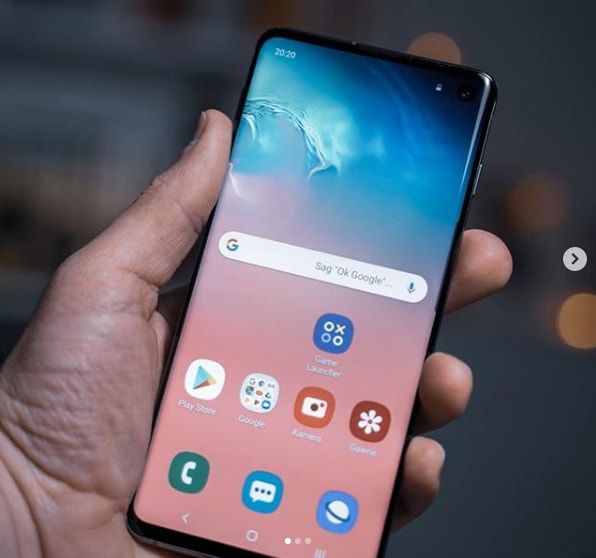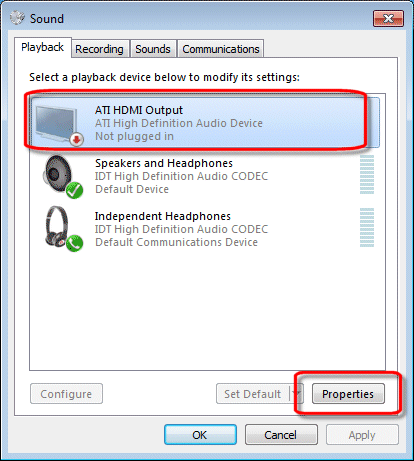OnePlus 3 Fastboot Mode is also known as Bootloader Mode and today I’m going to show you how to boot into this special boot mode.
This special boot mode for the OnePlus 3 is known as both Fastboot and Bootloader. We’re technically booting into the device’s bootloader, but we can use tools like ADB & Fastboot in this special boot mode. This mode gives us a higher level of access to the OnePlus 3 and it’s required to do a number of tasks.
For example, you will need to know how to boot the device into Fastboot Mode if you ever want to unlock the bootloader, flash a custom ROM, custom recovery, etc.
I’ll get into the ADB & Fastboot tools stuff as we come across tips and tutorials that require it. For now though, I just want to show you how to boot into the OnePlus 3 Fastboot Mode. Just like yesterday’s tutorial where I showed you how to boot the OnePlus 3 into Recovery Mode. I will reference this tutorial in future articles so it’s a great idea to know how to get here. If you have any questions then please feel free to ask them in the comments section below.
Just like yesterday as well, there are a number of ways to boot into the OnePlus 3 Fastboot Mode. I will describe on in the step by step guide below. I’ll talk about a second method in the explanation below the guide and I’ll be going over both methods in the embedded video.
OnePlus 3 Fastboot Mode
- Boot the OnePlus 3 into Recovery Mode
- Tap ont he ‘English’ Option
- Tap on the ‘Advanced’ Option
- Tap on the ‘Reboot to Fastboot’ Option
- Then Tap on the ‘Reboot to Fastboot’ Option Again
Explanation
Since not everyone wants to enable Developer Mode on the OnePlus 3, my main guide above talks about how to manually enter it. So to start, you’ll need to boot into the OnePlus 3 Recovery Mode. Once you are in Recovery Mode, you can either use the Volume Up, Volume Down and Power buttons to navigate through the menus, or you can simply use touch. Since touch is the easiest, you’ll just need to to tap on the English option and then tap on the Advanced option.
From here, you’ll see an optioned labeled Reboot to Fastboot. Go ahead and tap on that, and then you’ll see a confirmation screen asking if you actually want to boot into Fastboot Mode. So you’ll need to tap on this Reboot to Fastboot option again and then you’ll see it boot into the OnePlus 3 Fastboot Mode. Unlike in Recovery Mode, you will have to use the Volume Up, Volume Down and Power buttons in order to navigate through this menu.

Unless you have something specific to do here (like do some ADB/Fastboot commands from your computer), then go ahead and make sure the Start option is highlighted and then press the Power button to reboot the OnePlus 3 into the regular Android OS. Just like yesterday, there’s another way of booting into the OnePlus 3 Fastboot Mode. If you haven’t done it already, follow this guide to enable Developer Mode on the OnePlus 3.
Then you’ll want to navigate into Developer Mode on the OnePlus 3 and enable the Advanced Reboot option. Once enabled, you can press and hold the Power button to bring up the Power Menu. Then, when you tap on the Reboot option, you’ll be taken to a screen that asks you if you want to do a regular restart, if you want to reboot into Recovery Mode, or if you want to reboot into the OnePlus 3 Fastboot Mode.
But instead of saying Fastboot, it will say Bootloader, just like it does in the image at the top of this article. I prefer this method, but again, not everyone wants to enable Developer Mode on their OnePlus 3 and it isn’t required in order to get into Fastboot Mode. You can also boot the OnePlus 3 into Fastboot Mode by executing an “adb reboot fastboot” command on your computer. I won’t be discussing that today though, but you should know that it is possible if you already have those tools setup on your computer.






i have a oneplus 3 I have tried the many combination available to load TWRP and checked all the setting but my oneplus 3 just looks at me and says “cannot load (filename).img no matter what I rename the file…..What am I missing ? please help.
So your command either isn’t using the exact filename of the twrp.img file (that is why I recommend renaming it since it is easier to type). This can happen if you haven’t used Windows’ folder options to display all file extenions since you’re renaming the file to twrp.img.img
– https://support.microsoft.com/en-us/help/865219/how-to-show-or-hide-file-name-extensions-in-windows-explorer
Or you haven’t put the twrp.img file in the same folder as your adb/fastboot commands are in.
Alternatively, you could simply drag and drop the twrp.img file from the folder into the Command Prompt and this would allow you to not even type in the filename of the twrp.img file at all.